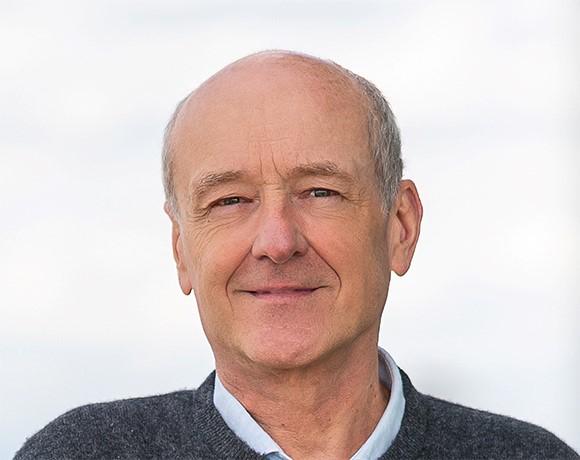Peter Lansdorp was born and raised in the Netherlands. He was trained as a medical doctor at the Erasmus University in Rotterdam and obtained a PhD from the University of Amsterdam. In 1985 he moved to the Terry Fox Laboratory in Vancouver, where he worked on the purification and biology of human and murine blood forming stem cells. This work led him to studies of telomere biology for which he developed quantitative fluorescence in situ hybridization (Q-FISH) techniques. These techniques have become standard in the telomere field. In 2011 Peter Lansdorp became the first Scientific Director of the European Research Institute for the Biology of Ageing (ERIBA) at the University of Groningen in the Netherlands. In 2016 he returned to the Terry Fox Laboratory in Vancouver to continue work on development and applications of Strand-seq. Peter Lansdorp is a fellow of the Royal Society of Canada and a fellow of the Academia Europaea.
Dr. Lansdorp's main research interest has shifted from stem cell biology to telomere biology to current studies on the role of genomic variation in health and disease. For such studies his laboratory has developed a single cell DNA template strand sequence method (Strand-seq). Specifically, Strand-seq is used for studies of:
DNA Repair, by mapping the location of sister chromatid exchange events in cells with specific defects in DNA repair. The focus is on the iron-sulfur DNA helicases DOG-1 and RTEL-1 that were cloned and characterized in the Lansdorp lab (Cheung et al. 2002; Ding et al. 2004) as well as the role of the putative substrates of these helicases: guanine quadruplex (G4) DNA structures (Lansdorp et al. 2019).
Human Genetics. Strand-seq is used to assemble chromosome-length haplotypes (Porubsky et al. 2016) and map polymorphic inversions (Sanders et al. 2016). Strand-seq was shown to be a powerful tool to study human genome diversity (Chaisson et al. 2019) Combined with long read sequence data, Strand-seq is can be used to establish complete, haplotype-aware human genomes (Porubsky et al. 2021). By including long read DNA methylation sequence data at genomic regions with parental imprints this approach is used to assign alleles to the parent of origin without studying the DNA of the parents (Akbari et al. 2022).
Video Links:
Telomere biology
Strand-seq
Career highlights
| 1976 | MD Erasmus University, Rotterdam, the Netherlands |
| 1985 | PhD University of Amsterdam, the Netherlands |
| 1986 - 2011 | Scientist, Terry Fox Laboratory, BC Cancer Agency, Vancouver, BC, Canada |
| 2005-2011 | Professor, Department of Medicine, UBC, Vancouver, BC, Canada |
| 2011-2016 | Professor and Founding Scientific Director, European Research Institute for the Biology of Ageing, University Medical Center Groningen, the Netherlands |
| 2016- | Distinguished Scientist, Terry Fox Laboratory, BC Cancer Agency, Vancouver, BC, Canada |
| 2016- | Professor, Medical Genetics and Hematology, UBC, Vancouver, BC, Canada |
- Professor, Medical Genetics, University of British Columbia (UBC)
- Professor, Hematology, UBC
- Associate Member, Experimental Medicine, UBC
- Associate Member, Pathology & Laboratory Medicine, UBC
- Fellow, Royal Society of Canada
- Fellow, Academia Europaea
- MD, Erasmus University Rotterdam, 1976
- PhD, Experimental Hematology, University of Amsterdam, 1985

